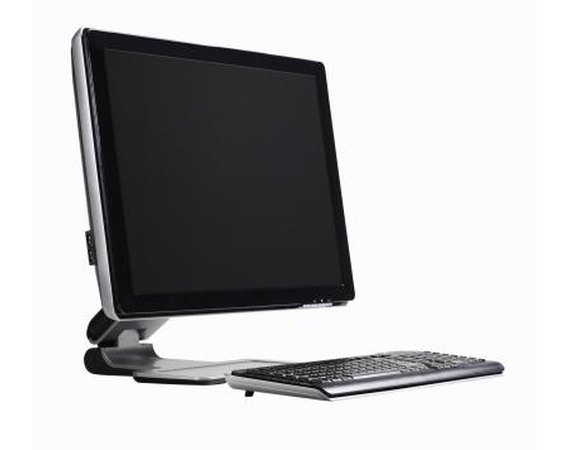
The offers can be seen on late night television, offering to help the viewer "get a computer now, even if you have bad credit." There are reasons to buy a computer on credit, and there are reasons to buy a computer on credit with bad credit. Unfortunately, most of the offers out there, for the most part, prey on two common types of ignorance -- an ignorance of how credit actually works and a general ignorance on the price and performance values of computers in general.
Instructions
- 1
Look at the payment terms for the computer and determine what the total cost of the computer is. For example, a computer system that costs $100 a month for three years is a computer that's going to cost $3,600 before it's paid off. That's an expensive computer.
2Call the company that's making the offer, or visit its website, and get the specifications on the computer. If the company won't tell you what the processor is, or it won't tell you what the video card is, or it won't tell you anything about the computer other than that it's a "name brand," this is a sign to walk away from the deal. All computers are assembled from the same sets of components.
3Look up the warranty being offered. The primary value in getting a "name brand" computer is the warranty from the manufacturer. If the company is not offering a warranty, walk away from the deal. Likewise, if it is offering the computer as part of a bundle with another service, like Internet access or anti-virus software, walk away from the deal.
4Look up the performance capabilities of the computer online. A good place to begin your search is Dell.com, which has a website where you can custom-build a name brand computer. In most cases, that $3,600 "name brand" computer is a machine that's nine to 15 months old, and which sells for about $700 to $900 or so, with all the options included. At the speed that computers get out of date, by the time you've made that last $100 payment, your computer will be so out of date that you'll have difficulty giving it away.
5Assess what you want to do with the computer. Most people using a computer want to surf the Web, play MP3 music, watch videos, send and receive emails and use a word processor and spreadsheet. If you're not doing high-end gaming, it's been possible to find a computer capable of handling all those tasks adequately for under $500 since 2008. At the time of publication, those computers are retailing for under $300, and prices are still dropping. Shop Newegg.com, TigerDirect.com and Amazon.com, and make comparisons. If you can afford $100 a month to pay for a new computer on credit, you can afford to save up $100 a month for three to five months to buy a netbook or small laptop.
6Look at your own credit history. While the days of needing credit to buy a useful, functioning computer are fading fast, there is a good reason to buy a computer on credit: Rebuilding your credit rating. Your credit score is built off of records of you making regular payments, on time, every month. Even if you have the money in your bank account to buy a computer at Newegg, it may be worth the interest fees to buy it with a credit card and paying it off at $100 per month to establish that pattern of regular payments.






0 comments:
Post a Comment